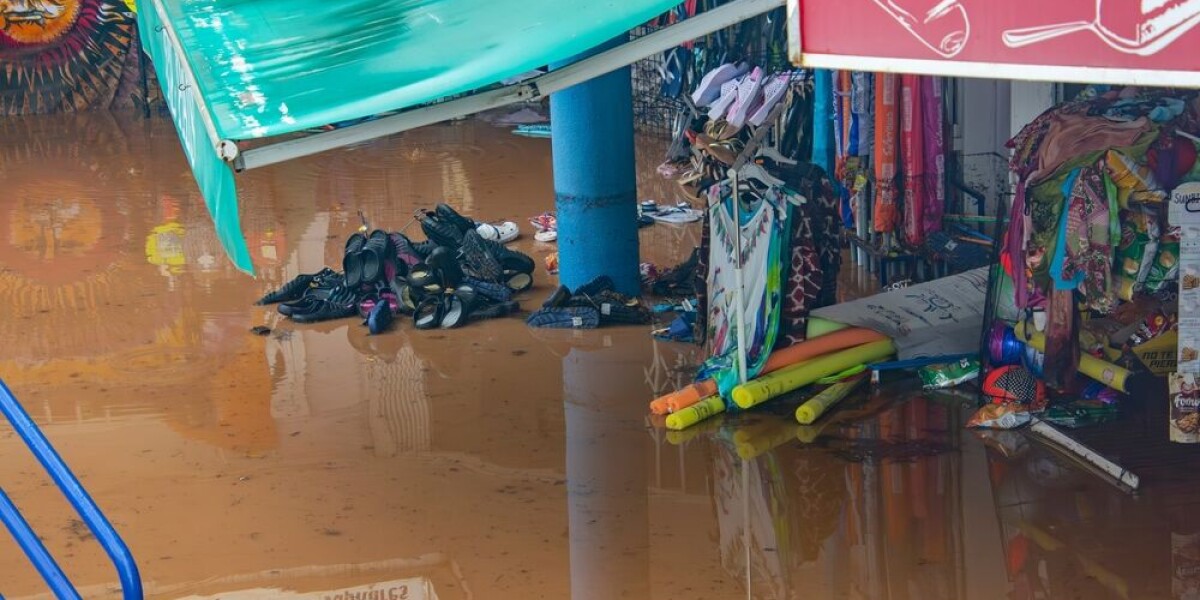
Will the severe storms and rain in spain also reach france?
- Select a language for the TTS:
- UK English Female
- UK English Male
- US English Female
- US English Male
- Australian Female
- Australian Male
- Language selected: (auto detect) - EN
Play all audios:

FRANCE SAW STORMS ALONG THE MEDITERRANEAN COAST LAST WEEKEND Extreme flash flooding in Spain this week has killed at least 95 people, with the death toll expected to rise as dozens of people
are still missing. Rains predominantly hit the eastern part of the country, with areas around Valencia being worse-hit. In some villages more than a year’s worth of rainfall occurred in
less than a day. France however will be spared from the storms, with almost no rain being forecast across the country until at least Monday (November 4). Read more: Weather in France
October 28 - November 1: Forecast by area this week WHY ARE THE STORMS NOT MOVING NORTH? The ‘goutte froide’ (cold snap) phenomena which caused the storms in Spain happens when cold, low
pressure air from the sea or ocean interacts with internal warmer air further inland. This is common in France, particularly in the south, where cévenol episodes occur – mostly during
autumn. In fact, the storms along the south-eastern coast of France last weekend were caused by the same cold front coming in from the Atlantic currently affecting Spain. The cold air moved
across France and into the Mediterranean at the end of last week – causing the storms – before moving southwards towards Spain, as opposed to beginning in the south and moving northwards.
Forecasts for the rest of this week – and weekend – see the vast majority of France remaining free of any rainfall. However, the cold air has led to temperatures dropping across France. The
exception to this is the Pyrénées-Orientales department, which borders the Catalan region of Spain. More than 100 mm of rainfall has already fallen in this area so far this week, as the
Spanish storms just tipped over the border. The department, however, is one of the last in France to be facing drought warnings, as the plentiful rainfall of late 2023 and 2024 almost
entirely avoided the eastern mountains. Sustained, mild rainfall such as this can hopefully help replenish groundwater levels during winter, avoiding a third successive year of drought
measurements. Read more: MAP: How full are water tables around France in August 2024?
